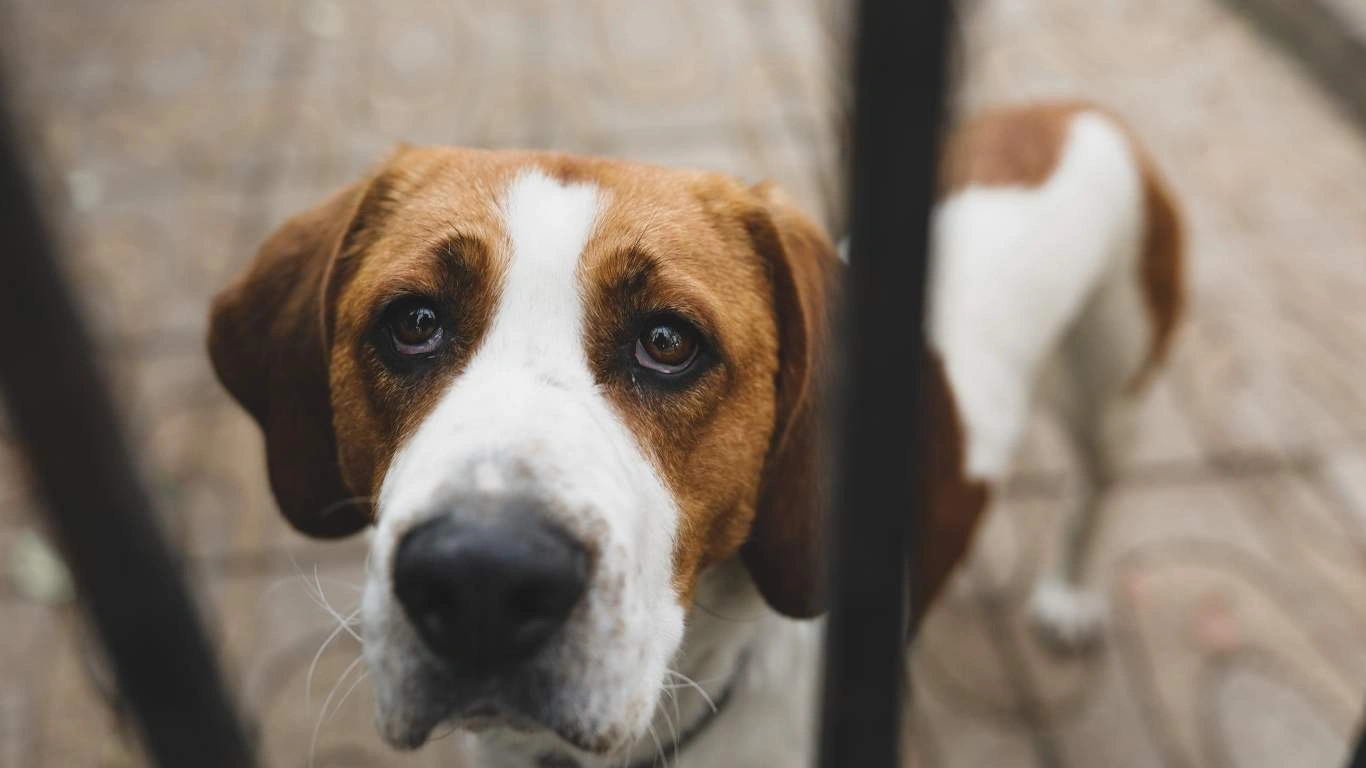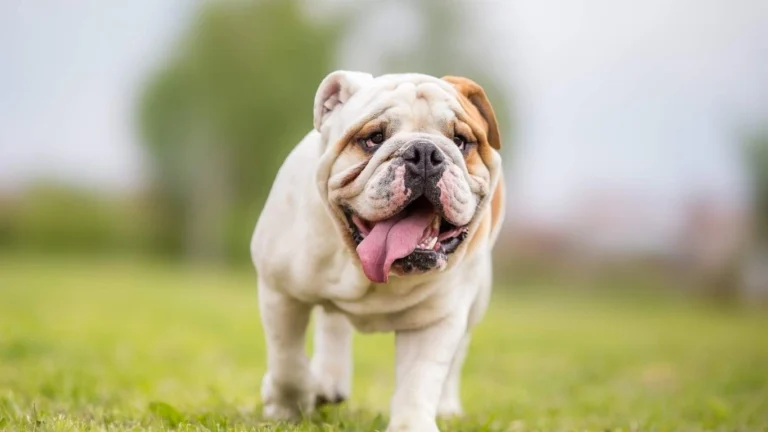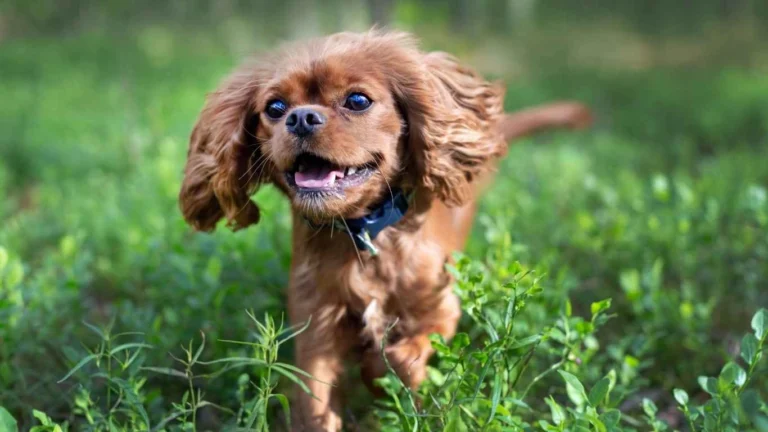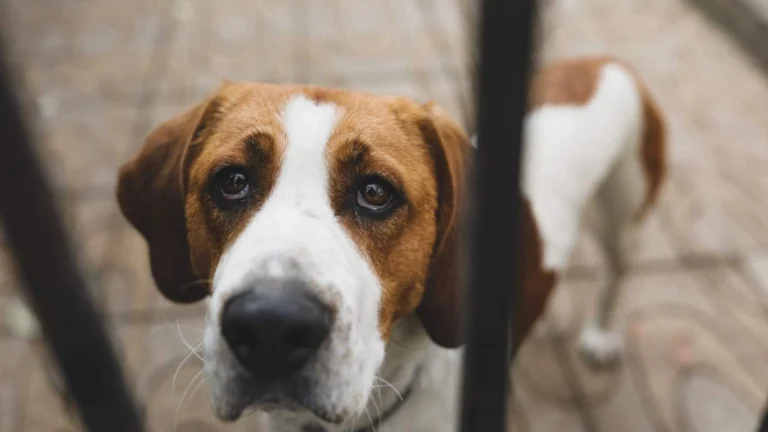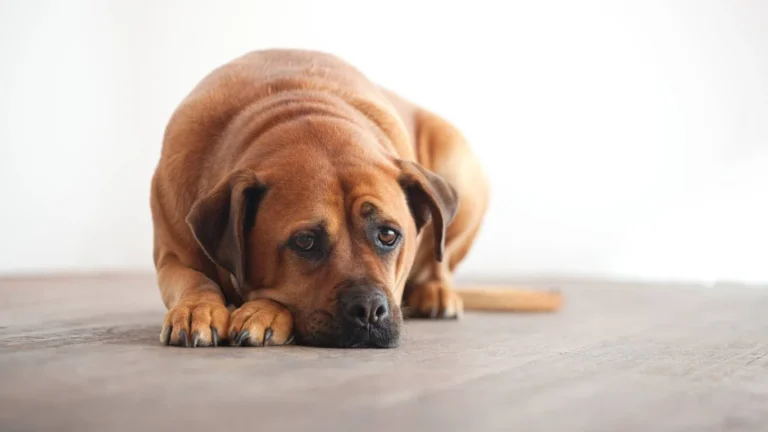Can Dogs Eat Peas and Carrots? Discover Surprising Health Benefits Today
If you’ve ever caught your dog staring longingly at your plate of peas and carrots, you’re probably wondering, can dogs eat peas and carrots? The short answer is yes—but like anything else, moderation and preparation matter. As someone who’s worked hands-on as an Animal Care Specialist in both pet clinics and shelters, I’ve seen the effects of both good and not-so-great dietary choices when it comes to our furry friends. Let’s dig into the details so you know exactly how (and when) to share these colorful veggies with your pup.
Are Peas and Carrots Safe for Dogs?
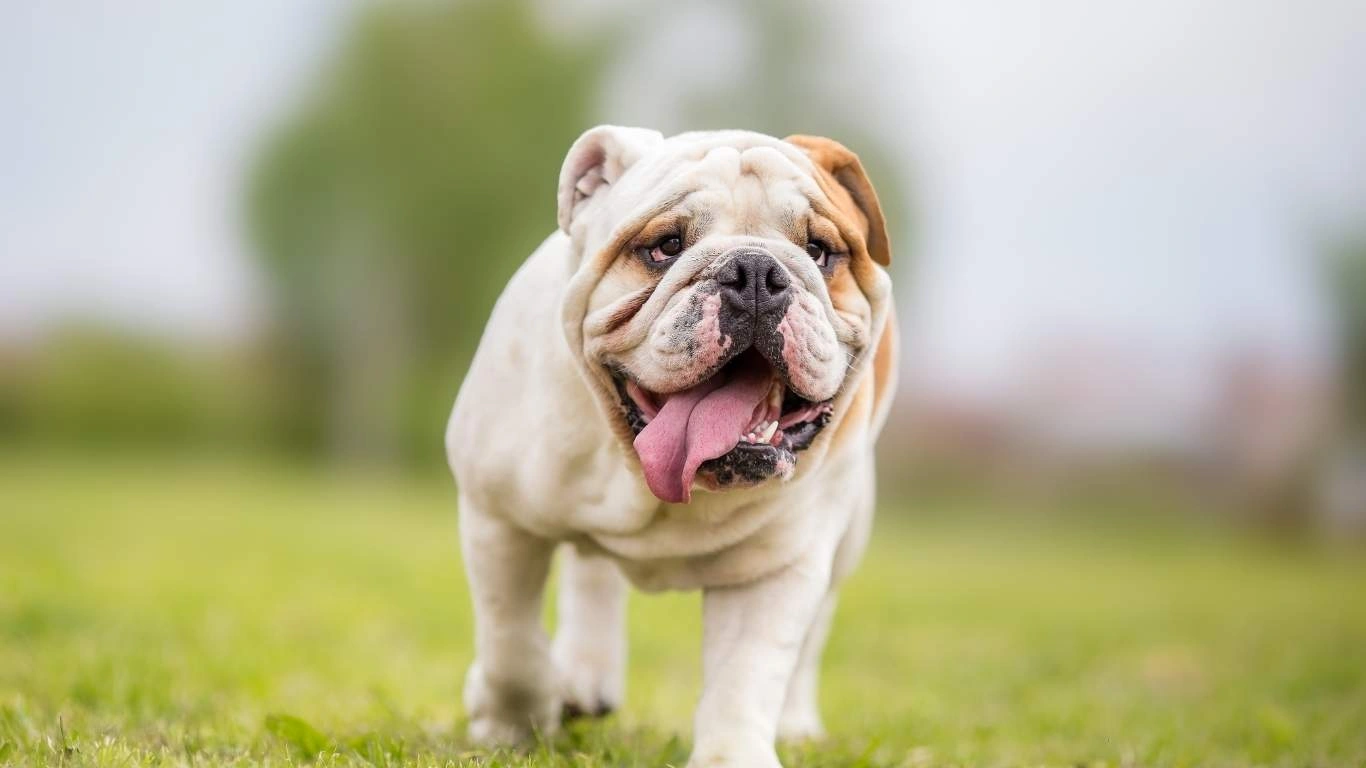
First things first: yes, peas and carrots are generally safe for dogs. These veggies are not toxic, and in fact, they can offer some great health benefits when served correctly. At the clinic, we often had pet parents bring up concerns after their dogs sneak a bite of human food—usually leftovers from dinner or a toddler’s tossed veggies. Luckily, peas and carrots usually land in the “no big deal” zone.
Both vegetables are packed with nutrients. Peas contain protein, fiber, and essential vitamins like A, K, and B. Carrots are rich in beta-carotene, which the body converts into vitamin A—a nutrient that supports eye health, immune function, and even the coat’s appearance.
But Hold On—Not All Forms Are Equal
One of the most important things I always remind dog parents: how you prepare the peas and carrots makes all the difference. Here’s a quick breakdown of what’s safe and what’s not:
- Raw carrots: Great for dental health, but chop them into manageable pieces to avoid choking—especially for small breeds.
- Cooked carrots: Steamed or boiled without added butter or seasoning? Perfect.
- Raw peas: Fine in small amounts, but watch for digestive upset.
- Cooked peas: Soft and easier on the stomach. Again, no added spices or salt.
- Canned veggies: Proceed with caution—check for sodium and preservatives.
I remember one Labrador in particular—Charlie—who loved frozen peas like treats. His owner used them for training rewards, and Charlie couldn’t get enough. The key was portion control and avoiding any additives.
Health Benefits of Peas and Carrots in a Dog’s Diet
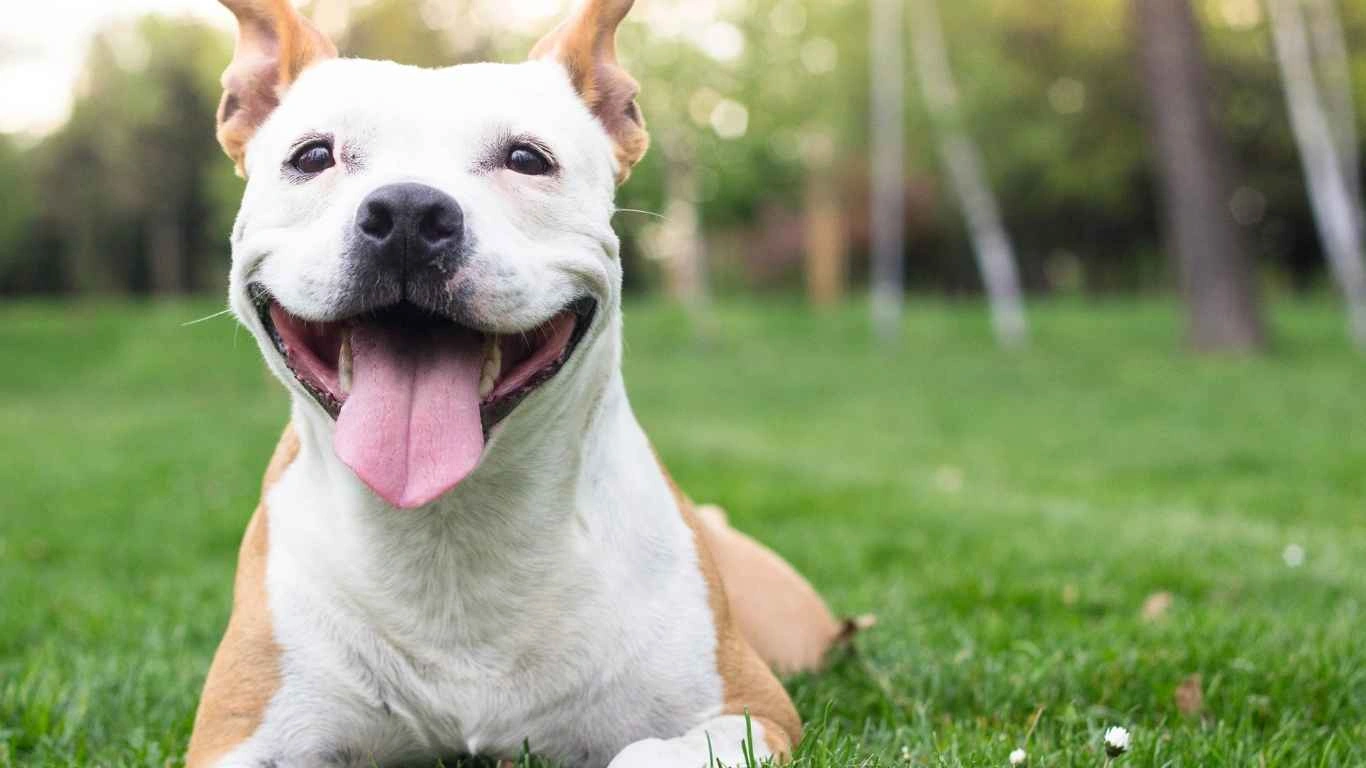
Let’s talk about the why. Sure, dogs don’t need vegetables the way humans do, but that doesn’t mean they can’t benefit from them. Especially when you’re trying to round out a homemade diet, manage weight, or give your pup a healthier treat option.
Peas: Tiny but Mighty
Green peas (think snow peas, snap peas, and garden peas) are surprisingly nutrient-dense. They provide:
- Plant-based protein for energy and muscle repair
- Fiber to aid digestion and regularity
- Vitamins A, K, and B to support immune function and metabolism
- Antioxidants that help fight inflammation and oxidative stress
In my shelter days, we sometimes used mashed peas as part of enrichment feeding. Dogs loved licking it off puzzle toys—it was fun, healthy, and way better than high-calorie treats.
Carrots: The Crunchy Super Snack
Carrots are more than just rabbit food. For dogs, they can be a crunchy delight with loads of perks:
- Low-calorie snack for overweight pups
- Natural source of beta-carotene for eye and skin health
- Chewing aid—especially raw carrots—for dental benefits
- Rich in fiber to promote a healthy gut
One of my favorite memories is watching a group of rescue puppies chomp away at frozen carrot sticks during teething season. Not only did it soothe their gums, but it gave them something healthy and safe to gnaw on.
What Vets and Experts Say About Veggies in Dog Diets
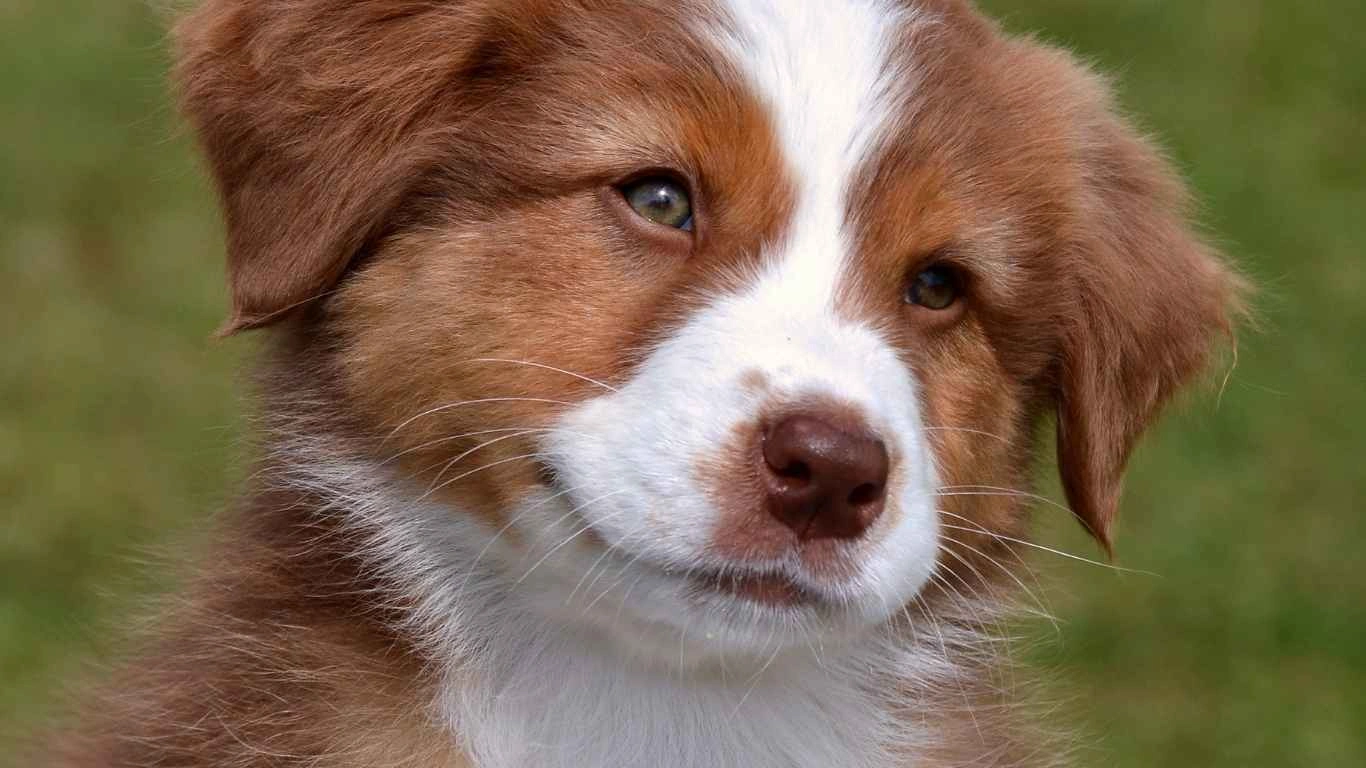
If you ask ten vets whether veggies belong in a dog’s bowl, you might get ten different answers—but most agree that peas and carrots are a safe supplement in moderation. According to veterinary nutritionists, about 10% of a dog’s diet can come from fruits and veggies, as long as the base diet is balanced and complete.
That’s the golden rule I go by: treat vegetables like extras, not essentials. They should complement your dog’s meals, not replace the core nutrition from high-quality kibble, wet food, or vet-approved homemade meals.
Just remember—every dog is different. What works for one might not suit another, especially if there are allergies or digestive sensitivities in the mix. Always introduce new foods slowly and watch for signs like gas, loose stools, or itching.
How Much Is Too Much? Serving Sizes for Dogs
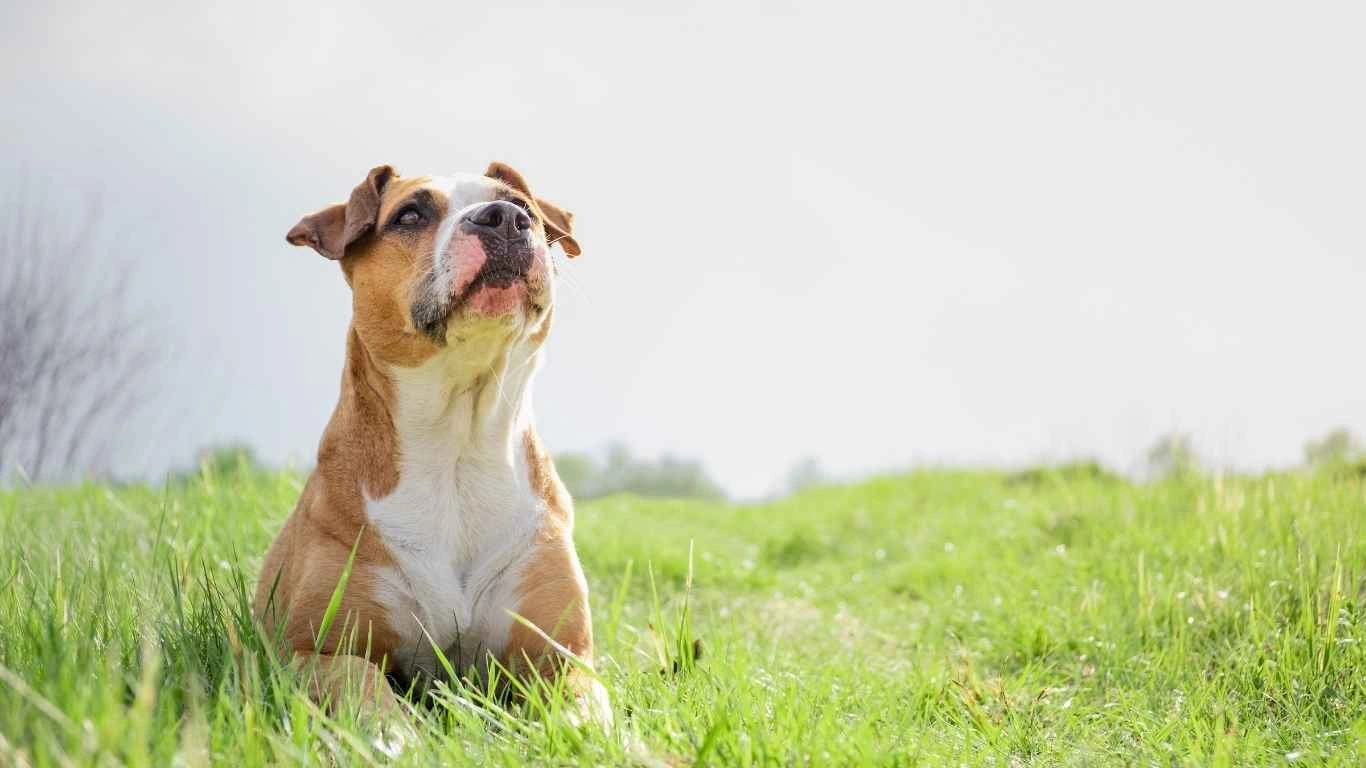
Now that we know dogs can eat peas and carrots, let’s talk about how much is actually appropriate. One thing I learned quickly in my years as an Animal Care Specialist: even healthy foods can cause issues if overdone. A handful of peas here and a couple carrot slices there? Totally fine. But turning your dog’s bowl into a veggie buffet? Not so much.
Generally, veggies like peas and carrots should make up no more than 10% of your dog’s daily caloric intake. It’s not an exact science for every breed and size, but here’s a simple breakdown to keep in mind:
- Small dogs: 1–2 tablespoons a day
- Medium dogs: 2–4 tablespoons
- Large dogs: up to ½ cup max
I had a sweet senior beagle, Millie, who gained a little too much weight after her owner generously shared steamed carrots every day… along with her usual treats. Oops. We adjusted her portions, and she was back to her bouncy self in no time. Lesson? Healthy doesn’t mean unlimited.
Can Dogs Eat Peas and Carrots Every Day?

So, is it okay to give your pup peas and carrots on the regular? Sure, but with a few caveats. Daily portions are fine if they’re small, unseasoned, and part of a well-balanced diet. But always check your dog’s reaction, especially at first. Some pups handle veggies like champs; others get a bit gassy or have softer stools when too much fiber is introduced.
Here’s a quick checklist I’ve used when advising pet parents:
- Start with tiny amounts—like 1-2 peas or a small carrot slice
- Observe your dog over 24-48 hours for any digestive issues
- Stick to plain, unseasoned, preferably steamed or raw (in small bites)
- Rotate veggies to avoid food boredom and ensure balanced nutrients
And let’s be honest—dogs get just as excited over a tiny carrot piece as they do over a meaty treat. That’s a win-win when you’re watching calories or working on training goals.
When to Avoid Peas and Carrots Altogether

As much as I love recommending healthy human foods, there are a few situations where I tell folks to hold off on peas and carrots entirely. It’s rare, but some dogs don’t tolerate certain veggies well—and peas, in particular, have been a topic of debate in the pet nutrition world.
Watch Out for These Conditions:
- Kidney issues: Peas contain purines, which can exacerbate problems in dogs prone to kidney stones or chronic kidney disease.
- Diabetic dogs: Carrots have natural sugars, and while they’re low on the glycemic index, it’s smart to limit them for dogs managing blood sugar levels.
- Food sensitivities: Every now and then, a pup just doesn’t digest peas or carrots well. Common signs include gas, bloating, or loose stools.
I had a German Shepherd named Luna who was a total sweetheart but had a super sensitive stomach. We tried adding peas as a training treat alternative—within a day, she was gassy and clearly uncomfortable. We swapped them out for cucumber slices, and she was back to normal. So, it really is about knowing your dog.
Creative Ways to Add Peas and Carrots to Your Dog’s Meals
Let’s get a little fun with it. Adding peas and carrots to your pup’s routine doesn’t have to be boring. Here are a few of my favorite ways we used to introduce veggies at the clinic—and that I now share with friends and family:
Easy Ideas to Try:
- Frozen carrot sticks: Perfect for teething puppies or summer days
- Pea-filled puzzle toys: Great enrichment and calorie-conscious
- Veggie mash: Lightly steam peas and carrots, mash them together, and mix into kibble or wet food
- DIY dog treats: Blend peas, carrots, oat flour, and a spoonful of peanut butter—bake into bite-sized biscuits
One of the shelter volunteers even made little “veggie ice cubes” for the dogs during hot months—just peas, carrots, and water frozen in a tray. Simple, refreshing, and totally safe for the majority of pups.
The best part? You’re not just sneaking in nutrients—you’re building a stronger bond through food, variety, and enrichment. And trust me, your dog will thank you with that happy, tail-wagging approval.
Potential Risks and How to Avoid Them
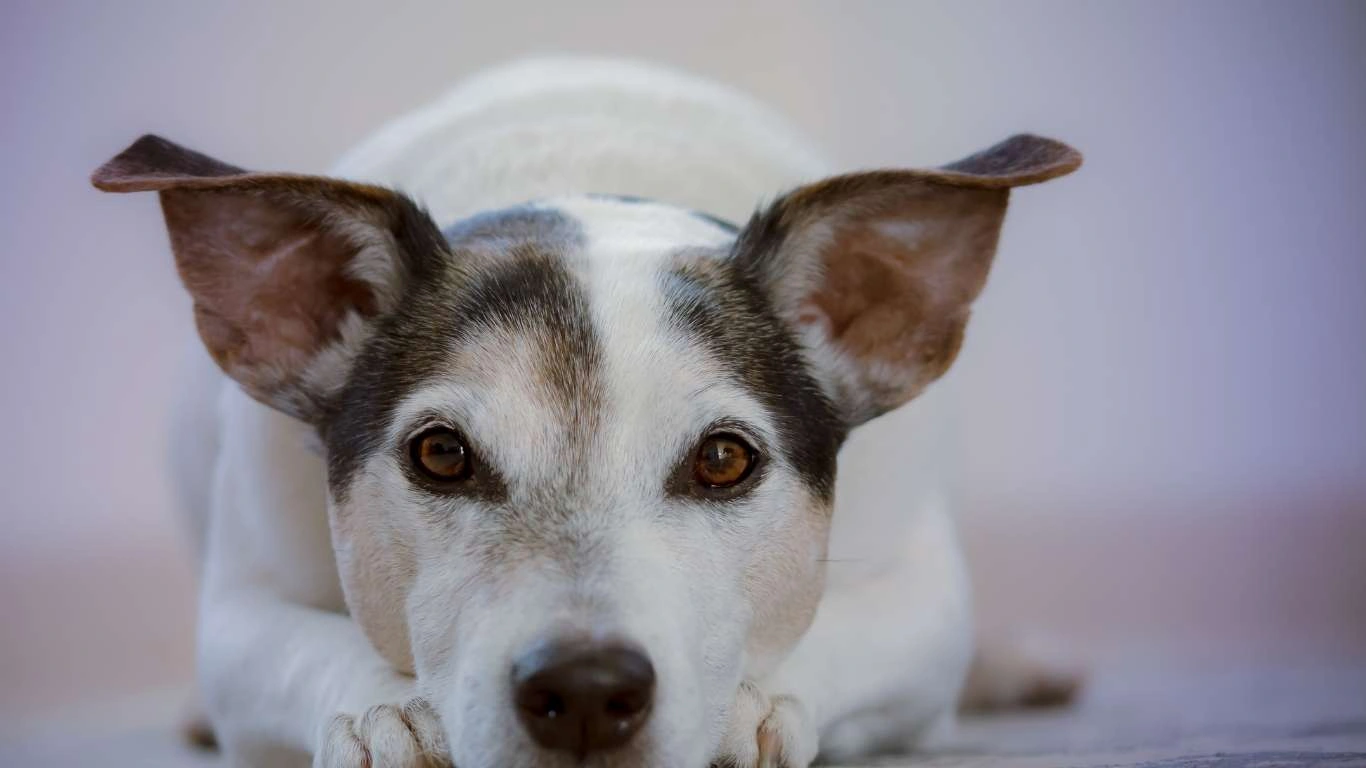
Even though peas and carrots are generally safe for dogs, it’s important to keep an eye out for some potential risks—especially since every dog’s system is unique. Over the years, working in shelters and clinics, I’ve witnessed a few cases where well-meaning owners accidentally caused digestive upsets or nutrient imbalances simply by feeding too much or the wrong form of these veggies.
Common Concerns to Keep in Mind
- Choking hazard: Raw carrots are crunchy and can be a choking risk, particularly for smaller breeds or dogs that gulp their food. Always cut into small, bite-sized pieces or cook until soft.
- Digestive upset: Peas contain a fair amount of fiber and, when fed in excess, can cause gas or loose stools. I’ve seen dogs who normally have solid poops suddenly struggling after a pea overload.
- Preservatives and additives: Avoid canned or frozen peas and carrots that have added salt, sugar, or seasoning. Those can lead to more serious issues like sodium toxicity or upset stomachs.
- Underlying health conditions: As mentioned before, dogs with kidney problems or diabetes need special dietary consideration. Always check with your vet before introducing new foods if your dog has health challenges.
One thing I always stress with pet parents is: when in doubt, consult your vet. Your vet knows your dog’s history best and can tailor advice specifically for your furry friend’s nutritional needs.
My Personal Experience: Stories from the Clinic and Shelter
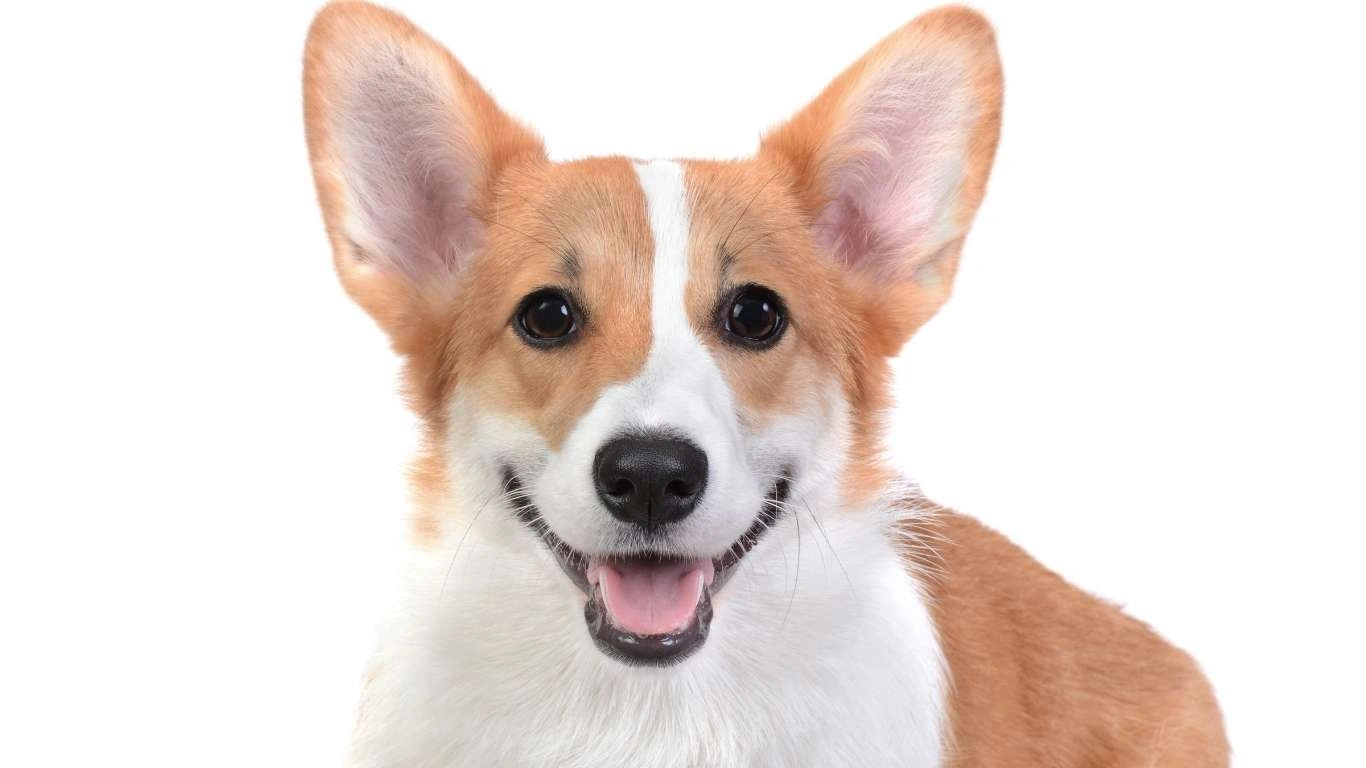
Looking back at my years as an Animal Care Specialist, peas and carrots were often my go-to recommendation for simple, healthy snacks or meal supplements. I remember a young terrier mix named Max who came into the shelter skinny and a little shy. Introducing small amounts of steamed peas and carrots in his diet not only helped with his nutrient intake but also boosted his mood. He’d eagerly await meal times, tail wagging and eyes bright.
Another memorable case was Bella, a senior golden retriever who was struggling with weight management and had dental issues. Raw carrots served as a crunchy treat that kept her mind off the usual high-calorie snacks and helped with her teeth without requiring any special dental chews. Watching her enjoy something so simple, yet so good for her, was incredibly rewarding.
From my perspective, incorporating peas and carrots into a dog’s diet isn’t just about nutrition—it’s about improving quality of life. These little vegetables can add variety, excitement, and tangible health benefits, especially when paired with a balanced diet and plenty of love.
FAQs About Can Dogs Eat Peas and Carrots?
Q: Can dogs eat canned peas and carrots?
A: It’s best to avoid canned versions because they often contain added salt or preservatives that aren’t good for dogs. Fresh or frozen (without additives) is the safer choice.
Q: Are there any peas dogs shouldn’t eat?
A: Snow peas and snap peas are generally fine. Avoid dried peas or pea pods in large quantities, as they can be harder to digest and might cause blockages if consumed excessively.
Q: Can puppies eat peas and carrots?
A: Yes, but in very small, soft-cooked amounts to avoid choking and digestive upset. Always introduce new foods slowly and watch for any reactions.
Q: How should I prepare peas and carrots for my dog?
A: Steaming or boiling without any seasoning is the safest way. Raw carrots can be given if cut small enough, but avoid seasoning or additives.
References and Resources
- American Veterinary Medical Association (AVMA)
- American Kennel Club (AKC)
- American Gastroenterological Association
- American Society for the Prevention of Cruelty to Animals (ASPCA)
Disclaimer
This article is intended for informational purposes only and does not replace professional veterinary advice. Always consult your veterinarian before making any significant changes to your dog’s diet, especially if your pet has pre-existing health conditions or allergies. Every dog is unique, and what works for one may not be suitable for another.
